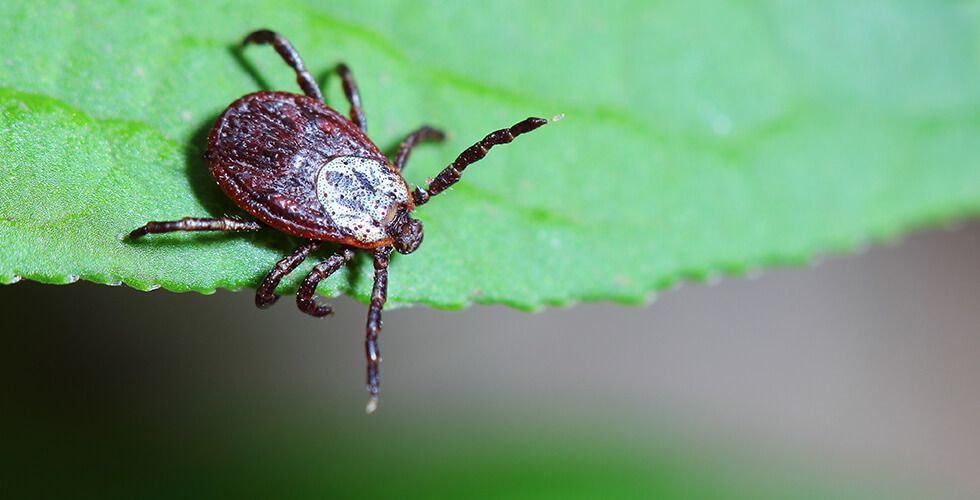
Emergency room visits for tick bites in the U.S. have climbed to their highest level in years, with Lyme disease cases steadily increasing. Experts point to a major culprit: warmer, more humid weather patterns that are giving ticks a longer active season and helping them spread into new territories.
Ticks thrive when temperatures stay above 45°F and humidity is high—conditions that are now more common in many regions. This means they’re not only active for more months of the year, but also appear in places where Lyme disease used to be rare.
These changes aren’t just about the weather. Shifts in land use, increases in deer and rodent populations, and closer human–wildlife contact are all helping ticks find more hosts. As a result, communities far from traditional Lyme hotspots are seeing more cases, often without widespread public awareness.
Lyme disease, caused by a bacterium transmitted through tick bites, can lead to fever, fatigue, joint pain, and neurological symptoms if left untreated. Early detection is critical—treating Lyme in its early stages greatly reduces the risk of long-term health complications.
To protect yourself, experts recommend wearing light-colored clothing so ticks are easier to spot, using insect repellents, and performing thorough tick checks after spending time outdoors, especially in grassy, brushy, or wooded areas. Pet owners should also use veterinarian-approved tick prevention products to avoid bringing ticks into the home.
As climate patterns shift, tick-borne illnesses are likely to keep spreading. The best defense is vigilance: knowing where ticks are most active, taking preventive measures, and seeking medical care promptly if symptoms arise.

